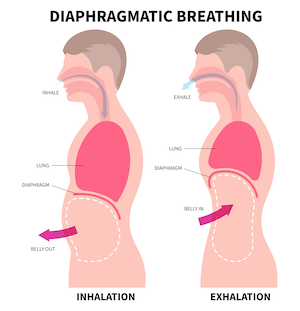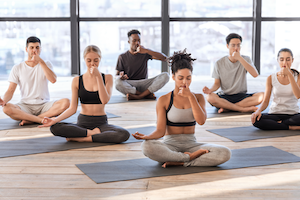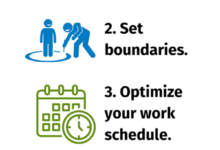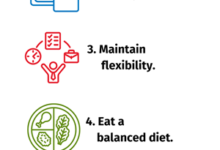5 Mindful Breathing Exercises: Simple Techniques for Everyone

In our complex fast-paced world, we often overlook one of the most fundamental aspects of our health: our breathing. Proper breathing not only supports our physical health but also enhances mental clarity and emotional well-being. Whether you’re looking to reduce stress, improve lung function, or simply find a moment of calm, incorporating breathing exercises into your daily routine can make a significant difference. Here are some simple techniques that everyone can try, regardless of age or fitness level.
Diaphragmatic Breathing
.png.aspx) What it is: Also known as belly breathing, this technique focuses on engaging the diaphragm, allowing for deeper breaths.
What it is: Also known as belly breathing, this technique focuses on engaging the diaphragm, allowing for deeper breaths.
How to do it:
- Find a comfortable position, either sitting or lying down.
- Place one hand on your chest and the other on your abdomen.
- Inhale deeply through your nose, allowing your belly to rise while keeping your chest relatively still.
- Exhale slowly through your mouth, feeling your belly fall.
- Repeat for 5–10 minutes, focusing on the rise and fall of your abdomen.
Benefits: Diaphragmatic breathing helps improve lung capacity, reduces stress, and promotes relaxation.
365 Breathing Method
What it is: A common technique, recommended by therapists, that utilizes slow, steady diaphragmatic breathing to stimulate the vagus nerve, which triggers the parasympathetic nervous system’s relaxation response.
How to do it:
- Find a comfortable position, either sitting or lying down.
- Three times a day, breathe six times per minute
- Inhale for five seconds and exhale for five seconds each time
- Repeat for five minutes and repeat all 365 days of the year.
Benefits: 365 breathing improves autonomic dysfunction and helps manage stress, anxiety, pain, phobias, and nicotine withdrawal. Used daily as an adjunct to medications, it has also been shown to reduce intraocular pressure in patients with primary open-angle glaucoma.
4-7-8 Breathing
What it is: A simple method for promoting relaxation and improving sleep.
How to do it:
- Sit or lie down in a comfortable position.
- Inhale through your nose for a count of 4.
- Hold your breath for a count of 7.
- Exhale completely through your mouth for a count of 8.
- Repeat the cycle for 4–8 times.
Benefits: 4-7-8 breathing can help reduce stress and anxiety, making it easier to fall asleep.
Alternate Nostril Breathing
 What it is: A yogic practice that balances the body’s energy and promotes calmness.
What it is: A yogic practice that balances the body’s energy and promotes calmness.
How to do it:
- Sit comfortably with your spine straight.
- Use your right thumb to close your right nostril.
- Inhale deeply through your left nostril.
- Close your left nostril with your right ring finger, then release your right nostril.
- Exhale through your right nostril.
- Inhale through your right nostril, then close it again.
- Release your left nostril and exhale through it.
- Continue this pattern for 5–10 minutes.
Benefits: Alternate nostril breathing helps reduce stress, improve concentration, and create a sense of balance.
Mindful Breathing
What it is: A simple practice that encourages you to focus solely on your breath.
How to do it:
- Find a quiet space and sit comfortably.
- Close your eyes and take a few deep breaths to settle in.
- Begin to notice your natural breath—its rhythm, depth, and quality.
- If your mind wanders, gently bring your focus back to your breath.
- Continue for 5–10 minutes.
Benefits: Mindful breathing enhances awareness, reduces stress, and promotes relaxation.
Conclusion
Breathing exercises are a powerful tool that can reduce stress and promote relaxation. By incorporating these simple techniques into your daily routine, you can improve your lung function, help you fall sleep, and cultivate a greater sense of calm.
References
Andre, C. (2019). Proper Breathing Brings Better Health. Scientific American Health & Medicine, 1(2).
doi:10.1038/scientificamerican042019-Czehp5sLbI5pVhq8LjxgF
Dada, T., Gwal, R. S., Mahalingam, K., Chandran, D. S., Angmo, D., Gupta, S., Velpandian, T., & Deepak, K. K. (2024). Effect of “365 Breathing Technique” on Intraocular Pressure and Autonomic Functions in Patients with Glaucoma: A Randomized Controlled Trial. Journal of glaucoma, 33(3), 149–154. https://doi.org/10.1097/IJG.0000000000002356
.png.aspx)






